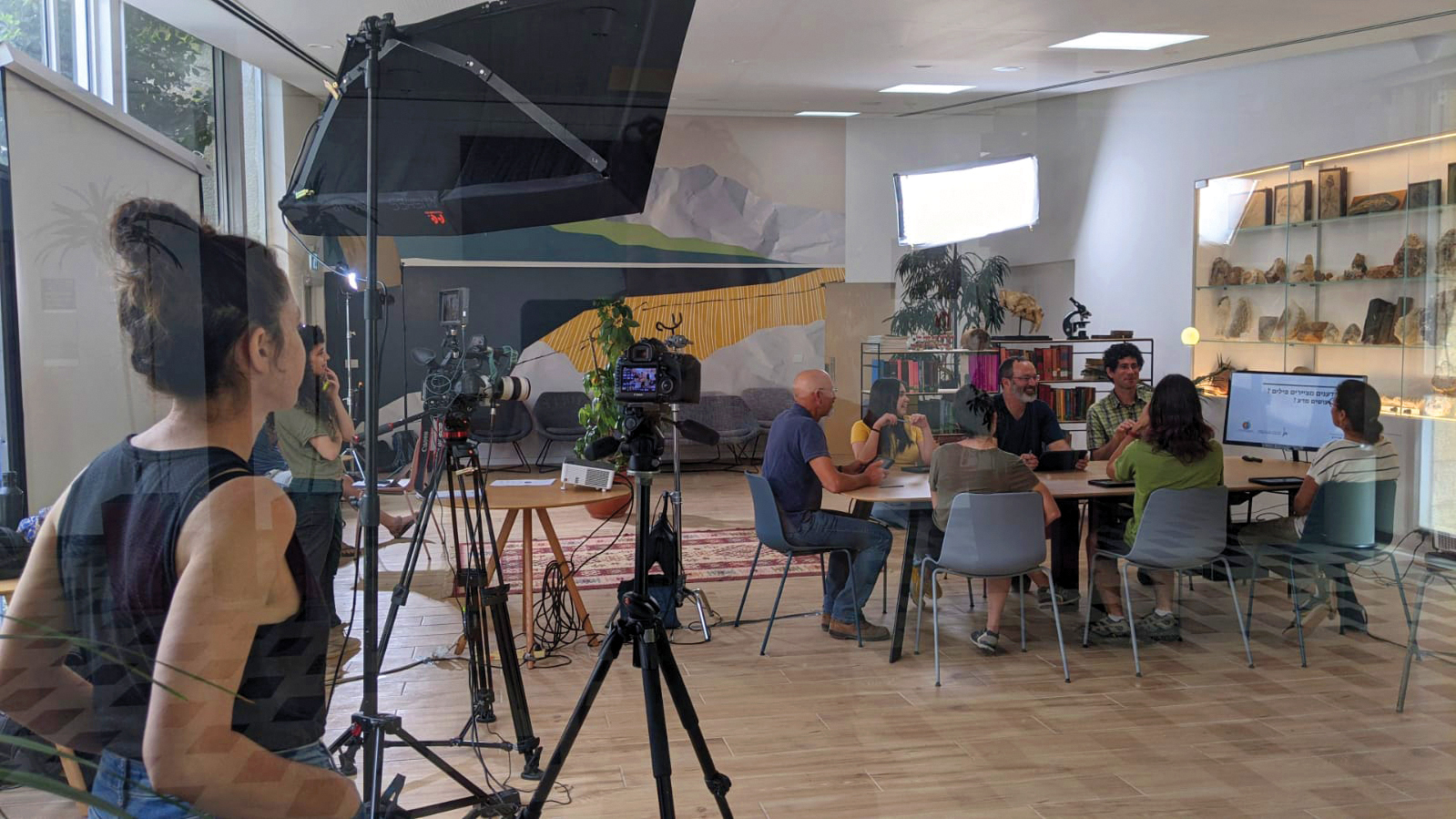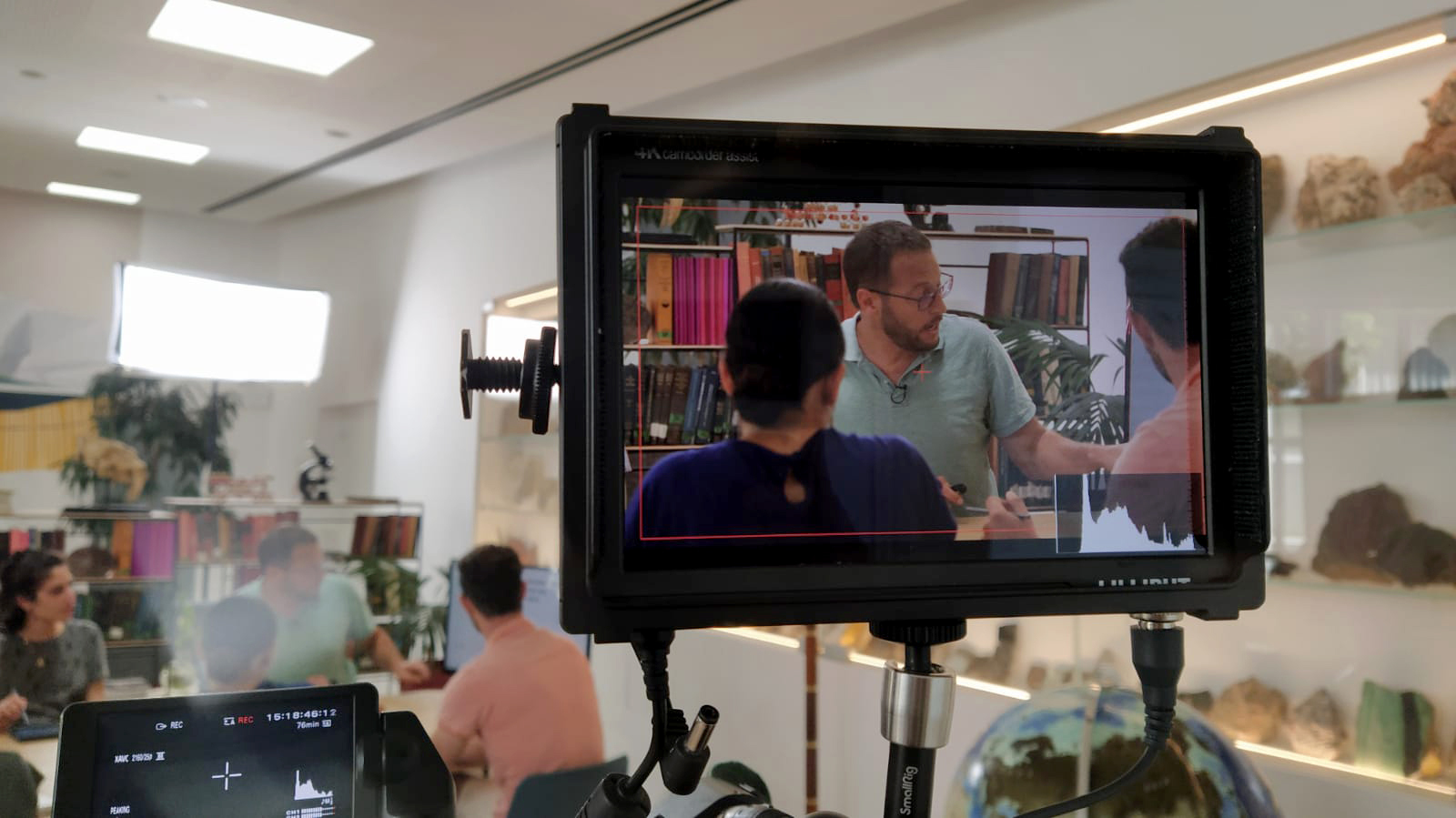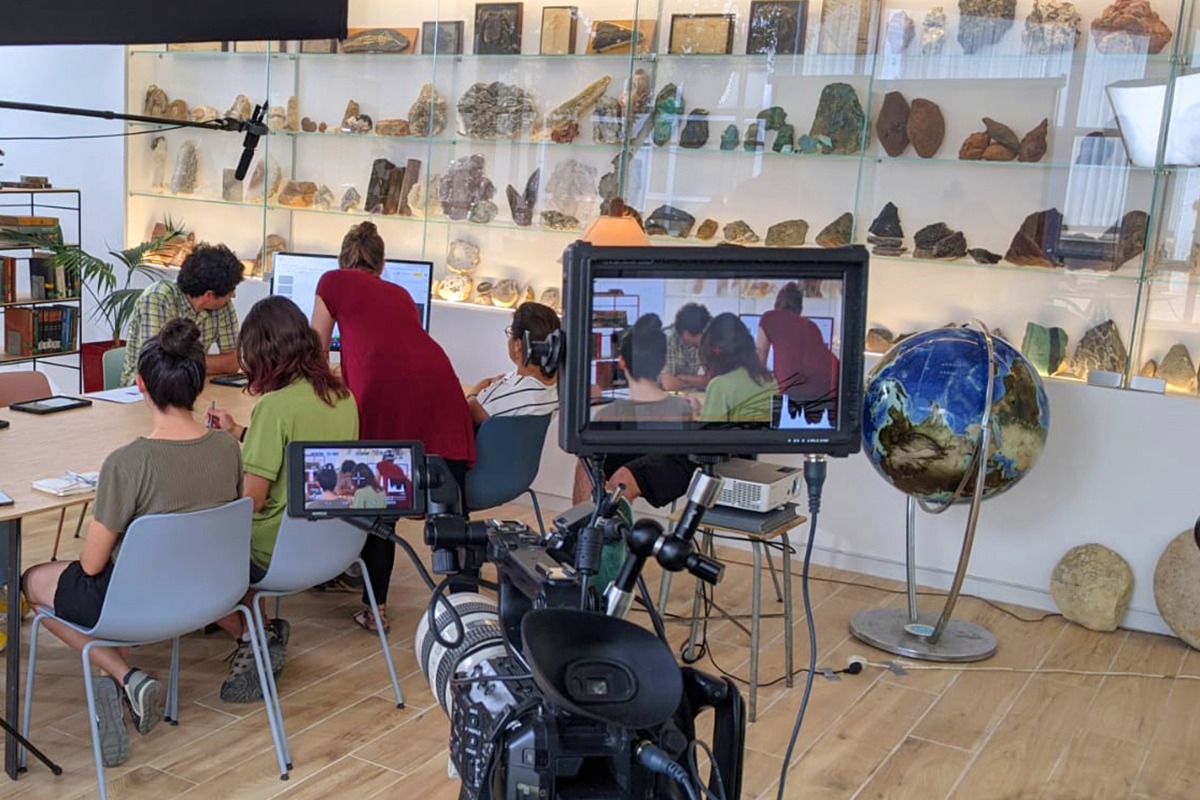How One Big Question Led to a National Curriculum in Climate Science in Israel

Almost one million Israeli school children have started learning 30 hours of climate science since the beginning of this year in what is believed to be one of the first national, mandatory curricula on global warming. The curriculum’s surprising path to adoption grew from climate scientist Yonatan Goldsmith and geophysicist Einat Aharonov’s desire to bring science communication techniques popular in the U.S. to Israel.
In 2015, Goldsmith, as a Comer Fellow, participated in the Comer Family Foundation’s One Big Question. This project asked climate scientists to share the biggest questions motivating their scientific inquiry. Goldsmith immediately recognized the power of bringing scientists together to discuss their work. He remembers thinking, “Wouldn’t it be really cool if you could get all these scientists to talk about the important pieces of information the public needs to know about global warming?”
Although he was finishing his Ph.D. in geochemistry and paleoclimate at Columbia University at the time, he saw the potential of science communication for his home country. “In Israel, we had very little information in Hebrew for the public about global warming,” said Goldsmith. When he returned to Israel as an Assistant Professor at the Hebrew University he teamed up with Prof. Einat Aharonov and together they decided to “try and pull a project like this off in Israel.”
“It's very hard to get scientists to talk in a way that people who don't have a scientific background can understand what they're saying.”—Yonaton Goldsmith

What followed was a painstaking, year-and-a-half process that coaxed 30 of Israel’s leading climate scientists to communicate their work to laypeople through 10-minute video presentations. Initially, they ran into strong resistance from many of the scientists when he asked them to “translate” their science for the public. Concerns ranged from “dumbing down” their work to worrying that critical details could be lost or misunderstood.
To counteract this resistance, they asked the scientists to present to high school students and accept the students’ feedback. The teenagers often responded to the scientists with what Goldsmith described as “calves’ eyes” — a Hebrew saying — meaning they could not follow the scientists’ explanations.
“It's very hard to get scientists to talk in a way that people who don't have a scientific background can understand what they're saying,” said Goldsmith.
At this point, they turned to Shira Liberty, a geoscience major, educator and film director, to helped incorporate the feedback from hundreds of high school students and to help the scientists hone their presentations until they were ready to be filmed. By the time the project concluded, Goldsmith and his team produced 27 videos for the series. They covered four main topics: how science works, how the climate “machine” works, what will happen in the future, and what can be done to address these concerns.
The team released the videos to the public as open-access resources and titled the project “Degree and a Half” after the warming threshold where the climate is predicted to become more unstable. (Each video also includes references, slides, and other teaching materials.)
“I think the next steps are to try and get more climate scientists to talk and voice their opinion in places that make a difference.”—Yonaton Goldsmith

This might have been the project’s natural end and a solid contribution to science communication on its own. But, in the relatively small country of Israel where scientists and officials can easily meet, Goldsmith and Aharonov approached those in charge of science in Israel's Ministry of Education. They invited members to see the project in progress and shared updates of their progress.
Meanwhile, the Ministry had also come under public pressure to address false data that had been embedded in the national science curriculum by the gas, oil, and electric industries. The timing was right. The Ministry of Education already knew the project and that it was backed by leading scientists. “They saw the integrity of it,” said Goldsmith. “They saw the passion.”
Soon, the Ministry mandated 30 hours of climate science instruction to elementary and high school students each year, a remarkable outcome for a project that began with an introductory science communication goal. “It worked to a much larger scale than I could have even hoped for,” said Goldsmith.
Today, a panel of ten scientists from the project guides the climate science mandate at the Ministry of Education, and cities from Tel Aviv to Jerusalem and beyond are building out their curricula. The panel also helps evaluate other proposed changes and revisions to the science curriculum.
The collaboration appears to have potential beyond the curriculum mandate in other ways, too. Goldsmith said the scientists “stopped bickering” about communicating with the public as they’ve seen how data and evidence-based decision making can shape policy.
This broader community of scientific advisors is now also well-poised to remain an influential voice for climate science in the nation as Israel — like the rest of the globe — confronts climate change and the ongoing challenges of climate deniers and oil and gas interests.
“I think the next steps are to try and get more climate scientists to talk and voice their opinion in places that make a difference,” said Goldsmith. “Baby steps.”



